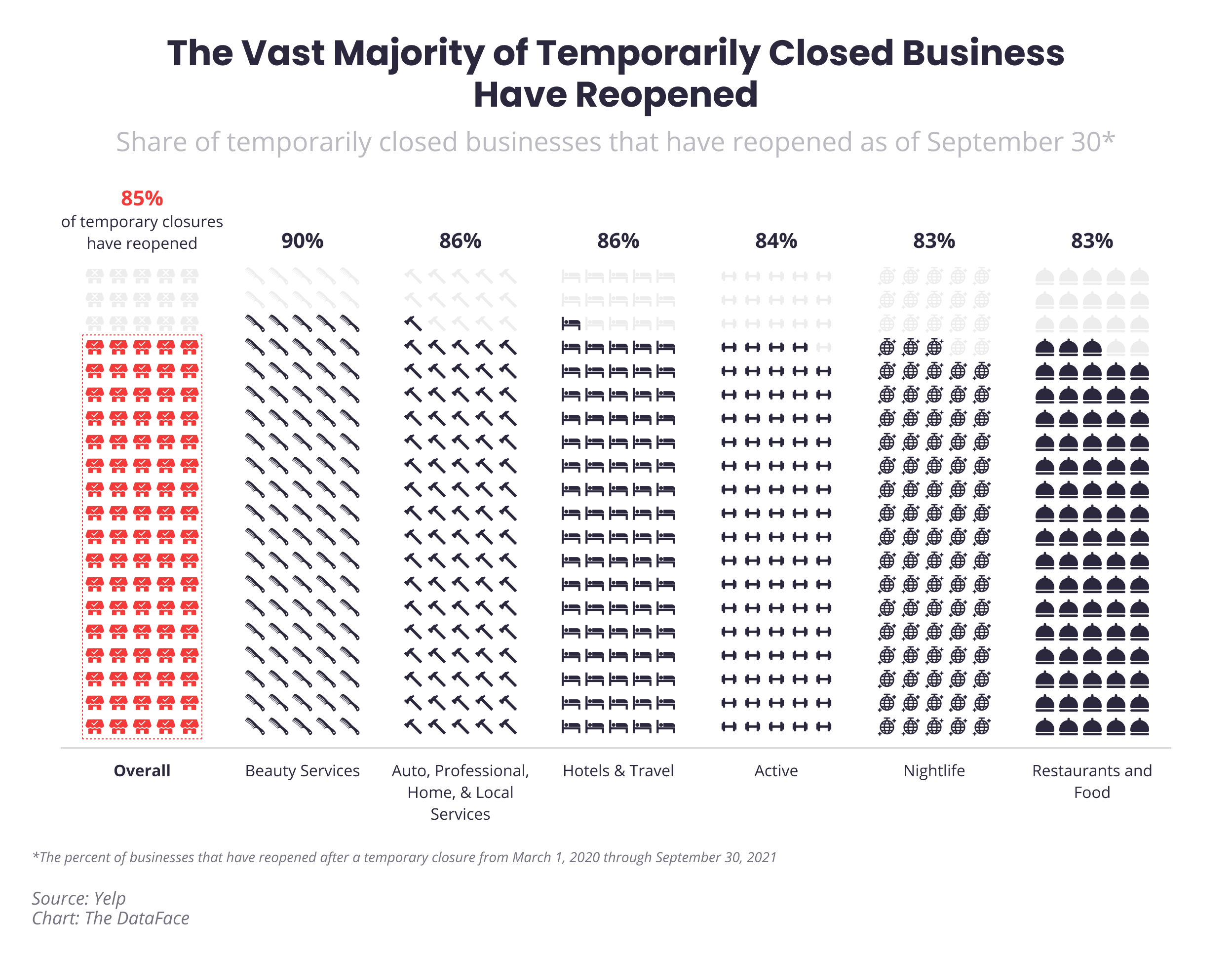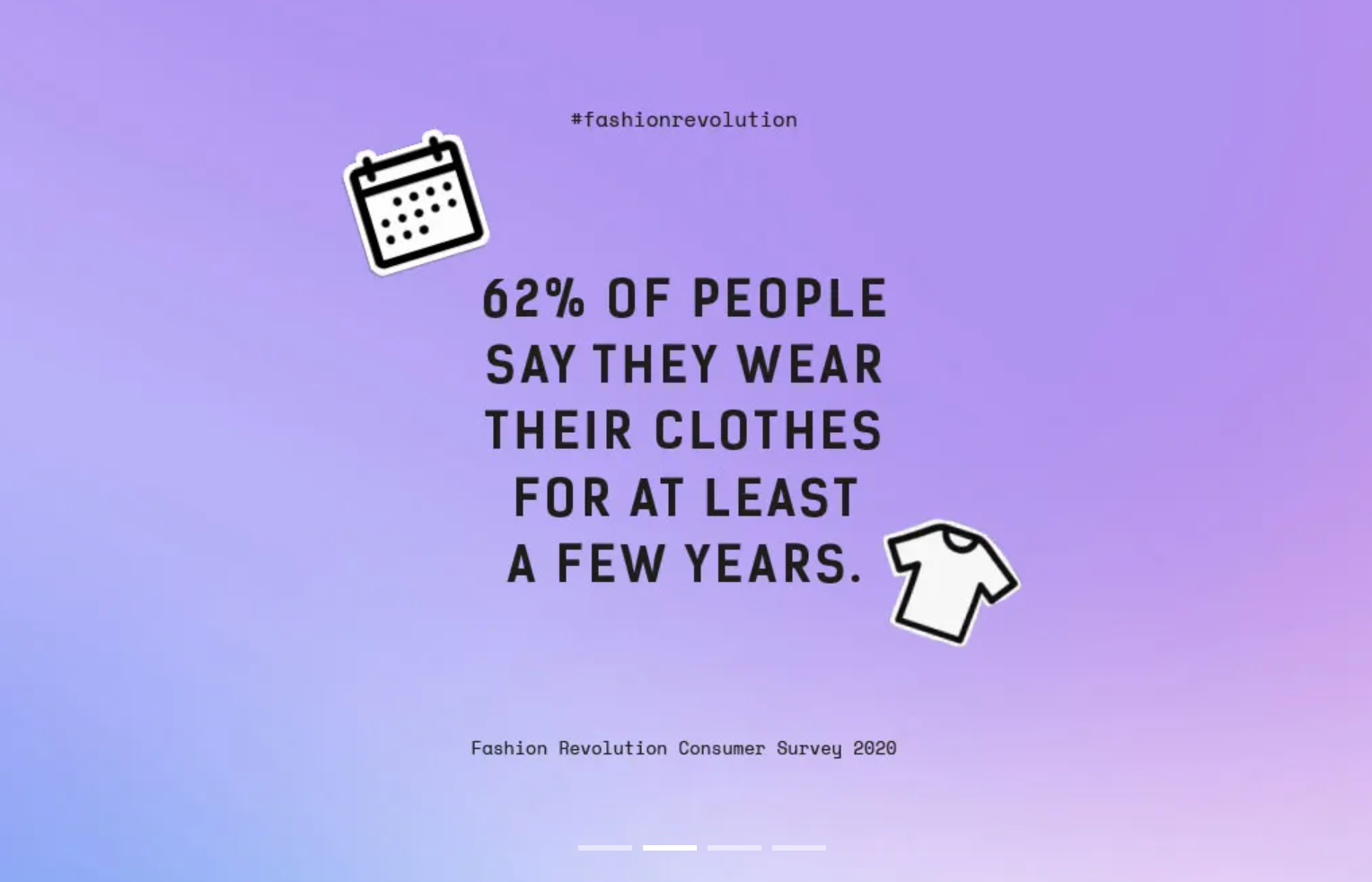What Is Quota Sampling? Methods, Benefits and How to Use It

Parvathi Vijayamohan
Last Updated: 25 September 2024
10 min read

Quota sampling is one of the most common methods for collecting data in surveys and research studies.
However, it’s important to understand exactly what this method calls for, as well as its benefits and disadvantages, so you can decide whether or not it’s the right approach for your purpose.
In this article, we’ll cover the following:
- Quota sampling definition
- Quota sampling methods
- Advantages of quota sampling
- 4 Easy steps to use it
- Quota sampling examples
What is Quota Sampling?
Quota sampling is a type of non-probability sampling in which you create a sample of individuals who represent your target market.
You choose these individuals according to quotas, or categories, that represent specific characteristics of your audience. Moreover, it’s vital to ensure that the final sample’s composition meets the study’s quota requirements. With every extra quota, it may take longer to find suitable respondents. This adds costs and time to the quota sampling process.
Different Types of Quota Sampling Methods
Mainly, there are only two distinct quota sampling methods - controlled and uncontrolled. But we will be two more miscellaneous ones to help you get a clearer idea of the topic.

1. Controlled Quota Sampling
In controlled quota sampling, researchers set clear rules about who can be included in the study. That is, they can decide in advance how many people from each group they want to include.
The goal is to make sure the sample reflects the actual makeup of the population. For example, if 70% of a population is women, then 70% of the sample should be women.
2. Uncontrolled Sampling
Unlike its counterpart, uncontrollable sampling is more flexible. It allows researchers to choose participants based on who is available without strict rules.
It's because of this reason, this method might not perfectly match the population's makeup. However, it helps gather responses quickly.
3. Proportional Quota Sampling
In proportional quota sampling, researchers ensure that the sample matches the proportions of different groups in the population. For example, if a population has 60% women and 40% men, the sample will aim for that same ratio.
4. Non-Proportional Quota Sampling
Non-proportional quota sampling allows researchers to set minimum numbers for each group without needing to match the population proportions. This is useful when they want to include smaller groups even if they are not a big part of the overall population.
Simplify Quota Sampling with an AI Survey Platform!
Create surveys and analyze the data using advanced AI-powered features with SurveySparrow for Free
14-Day-Free Trial • Cancel Anytime • No Credit Card Required • Need a Demo?
Top 7 Advantages of Quota Sampling
The following are some of the crucial advantages of using quota sampling. Have a look at them.

1. Focusing on Specific Groups
One big benefit of the sampling is that it allows you to focus on the groups that matter most to your research.
For example, suppose you want to understand how young adults use social media. If that's the case, you can set quotas to make sure you have enough participants from that age group. This targeted approach gives you valuable insights about the segments you care about.
2. Making Sure All Voices Are Heard
Quota sampling helps ensure that enough people from each group are included in the study. This is especially important for diversity and inclusion research.
You can set quotas for different characteristics to make sure that all perspectives are represented. Hence, it leads to more balanced and accurate results.
3. Comparing Different Groups
Quota sampling also makes it easier to compare the traits and behaviors of different groups.
For instance, you could use it to study how millennials and Gen Z shop differently. By collecting enough data on each group, you can analyze the similarities and differences between them in depth.
4. Seeing the Big Picture
Quota sampling can be of great help when you want to look at how different groups relate to each other. For example, you could explore how lifestyle affects health across various age groups. Quota sampling provides a structured way to gather data that shows these connections.
5. Avoiding Biases
Another benefit to consider is how it helps avoid sampling bias.
For instance, it reduces the risk of excluding important groups, which could skew your results. By ensuring that all specific groups are included in the sample, it provides you with a more accurate picture.
6. Providing Precise Averages
In contrast to simple random sampling, quota sampling can give you a precise average representation of the population.
As you may know, the quotas are based on the actual makeup of the population. Therefore, the results tend to reflect better on the true demographics and opinions of the larger group.
7. Flexible and Cost-Effective
Unlike other sampling methods, quota sampling can be used for all kinds of research. The data can be collected using online surveys, interviews, or questionnaires. Furthermore, it is more affordable and faster than other sampling methods.
How to Use Quota Sampling in 4 Easy Steps
The following four simple steps to use quota sampling.

Step 1: Divide Your Audience into Groups
Start by segmenting your audience into different groups based on specific characteristics. These could include:
- Age: Such as 18-25, 26-35, etc.
- Gender: Male, female, or non-binary.
- Income: Low, middle, or high income.
- Job Role: Student, professional, retired, etc.
Just make sure each group is clear and distinct so that everyone fits into only one category.
Step 2: Find the Proportions of Each Group
Next, figure out how many people are in each group within your overall audience. You can use existing data or make educated guesses.
For example, suppose you think your audience is made up of 30% people aged 18-25, 40% aged 26-35, 20% aged 36-50, and 10% aged 51+. Then, these percentages should be used to guide your sampling.
Step 3: Select Participants from Each Group
Now it’s time to choose participants. Use the proportions you found in the previous step to decide how many people to recruit from each group.
For example, if you want a total of 100 participants:
- Recruit 30 from the 18-25 age group
- Recruit 40 from the 26-35 age group
- Recruit 20 from the 36-50 age group
- Recruit 10 from the 51+ age group
Keep track of how many you have from each group as you go.
Step 4: Check Your Sample
After you have selected your participants, take a moment to review your sample. You have to make sure it reflects the important characteristics of your audience.
While it's not necessary that it should be a perfect match, ensure that all important groups are represented. If one group has too few participants, consider recruiting a few more until you reach the desired number.
Example:
Let’s look at a target audience of college students at a local college.
Because the researcher can access this data, she knows that in this population, 43% of the students are male and 57% are female. So for a sample size of 1,000, the researcher calculates that she will need 430 men and 570 women from that audience.
Simplify Quota Sampling with an AI Survey Platform!
Create surveys and analyze the data using advanced AI-powered features with SurveySparrow for Free
14-Day-Free Trial • Cancel Anytime • No Credit Card Required • Need a Demo?
Quota Sampling Examples – From Market Trends to HR Summits
#1. Studying Market Trends During COVID-19

In its Q3 report, released in October, Yelp found that 85% of businesses in the US that went through a temporary closure during the pandemic have reopened.
To get this percentage, Yelp followed a few criteria:
- They counted U.S. businesses that were reported as temporarily closed and then reopened between March 1, 2020, and September 30, 2021.
- Temporary closures were reported by the business owner on the business’s Yelp page – including by changing its hours or through a COVID-19 banner.
- Each temporarily closed business was counted only once, on the date of its most recent closure.
- One-day closures that appear to be unrelated to the pandemic were excluded from the quota.
- The reopenings quota included the termination of temporary closures by a business through Yelp’s temporary closure feature, or by the editing of business hours (excluding holiday closures).
- Each reopened business was counted only once – on the date of its most recent reopening during the time period above.
#2. A/B Testing Content for Different Followers

Here’s a hypothetical example: you’re promoting an industry event on your LinkedIn page. Lots of people have signed up. This is a golden opportunity for you to serve them better with awesome follow-up content.
How do you do that with quota sampling?
- Consider running a series of polls that helps you get to know the people in your event. For example, ask them to choose an answer that describes their job role.
- Based on the job roles that pop up most often, you can craft relevant content that will be helpful for them.
- Then, you can use the quota sampling process to segment your audience into lists (based on their answers to the job role poll).
- Share the content and measure the opens, clicks, and response rates.
#3. Investigate the link between business ethics and consumer decisions

Fashion Revolution commissioned a notable survey in 2020 as part of a three-year project by the European Fair Trade Commission.
- The goal: find out how supply chain transparency, and sustainability, influences EU customers’ decisions when buying clothing, accessories and shoes.
- The study applied quotas on the age group of 16-75 within the EU’s biggest markets: the UK, France, Germany, Italy and Spain.
- Age, gender, region and work status were some of the weights used to create a final sample that represented the adult population of the UK.
Bonus Example: Gathering Employee Needs From Check-in Questions
Constant check-ins are vital for new hires and seasoned staff too! However, you may not have the time or resources to regularly share check-in questions with everyone at your company.
In this situation, the quota sample method can be a time-saver.
Wrapping Up: Things to Keep in Mind While Doing Quota Sampling
1. Quota sampling is not easy to generalize to the overall audience because it doesn’t account for deviation within segments.
For example, a global study on happiness measures how happy a nation is according to certain traits, and most nations fall along this mean.
However, some nations might have a very different cultural idea of what happiness is, so they fall further away from global happiness mean. Factors like this are hard to catch with quota sampling alone.
2. Choosing the final sample is ultimately up to the researcher’s judgment.
Despite our best efforts, it is possible that bias will creep into the quota sampling process. When we keep these things in mind during the data collection and analysis, we can have greater confidence in the results.
And before you go, don’t forget to give SurveySparrow a try!
14-day free trial • Cancel Anytime • No Credit Card Required • No Strings Attached
FAQs

Parvathi Vijayamohan
Content marketer at SurveySparrow.
Parvathi is a sociologist turned marketer. After 6 years as a copywriter, she pivoted to B2B, diving into growth marketing for SaaS. Now she uses content and conversion optimization to fuel growth - focusing on CX, reputation management and feedback methodology for businesses.
You Might Also Like

Turn every feedback into a growth opportunity
14-day free trial • Cancel Anytime • No Credit Card Required • Need a Demo?




